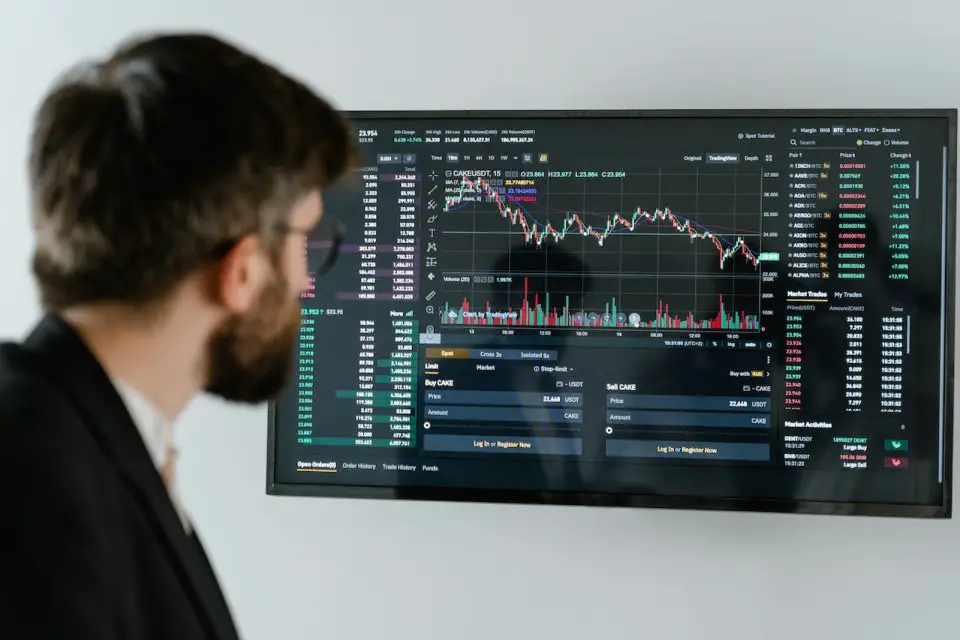The persistent decline in US stocks, now spanning three weeks, has ignited a clash of perspectives among Wall Street’s top strategists regarding the future trajectory of the market. A stark contrast in outlook underscores the prevailing uncertainty surrounding both market sentiment and the durability of economic growth.
Morgan Stanley’s Michael Wilson, a notable bear in the stock realm, has sounded a cautionary note. Wilson contends that if investor confidence in the economy’s resilience wavers, sentiment could experience further erosion. Casting doubts on the prospect of a smooth economic slowdown, Wilson points to the dampening impact of cooling inflation on Corporate America’s pricing power. In a recent communication, Wilson emphasized the complexity of the situation, stating, “We just don’t know the answer to the question yet in terms of a soft landing outcome and an associated rebound in pricing power.” He underscored the potential for a prolonged “risk-off” climate if fundamental indicators deteriorate heading into the fall and winter months. Wilson’s credibility is buttressed by his accurate anticipation of last year’s stock slump, reinforcing his bearish stance even amid the recent market rally.
In stark contrast, David Kostin from Goldman Sachs Group Inc. adopts a more optimistic standpoint. Kostin acknowledges a temporary dip in Goldman Sachs’ equity sentiment indicator – a composite metric tracking nine positioning metrics. However, he projects this setback as transitory, speculating on an upturn in the indicator as market conditions improve. Kostin anticipates an upswing in bullish activity from hedge funds, mutual funds, and retail traders if market dynamics evolve favorably. He remains sanguine about the market’s trajectory, as long as the broader economic landscape stays the course.
HSBC Holdings Plc strategist Max Kettner adds his perspective to the debate, cautioning investors against rushing into risk assets. Kettner highlights potential risks stemming from fluctuations in bond supply and the upcoming Jackson Hole symposium, advising a more measured approach. He suggests refraining from immediate re-entry into the market, instead advocating for capitalizing on subsequent decline, especially in the realm of US stocks.
The ultimate verdict, poised on the cusp of revelation, centers on the imminent address by Federal Reserve Chair Jerome Powell at the Kansas City Fed’s annual symposium in Jackson Hole. This address is anticipated to cast a decisive light on the trajectory of the stock market in the context of escalating economic uncertainties.
In a market landscape shrouded in ambiguity, the ongoing discourse between the steadfast bear and the optimistic advocate underscores the nuanced nature of contemporary market dynamics. The debates offer a potent reminder of the persistent unpredictability that underpins the financial realm, emphasizing the paramount importance of vigilance and adaptability in the face of mounting economic uncertainties. As the market awaits further insights, investors remain poised to recalibrate their strategies, responding nimbly to the evolving intricacies of the stock market.
Source: Bloomberg

